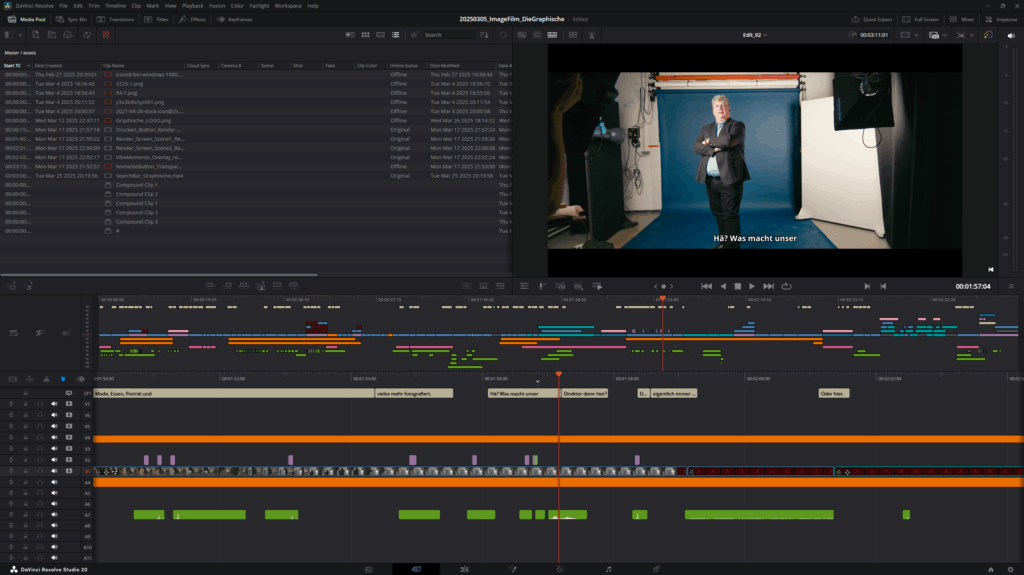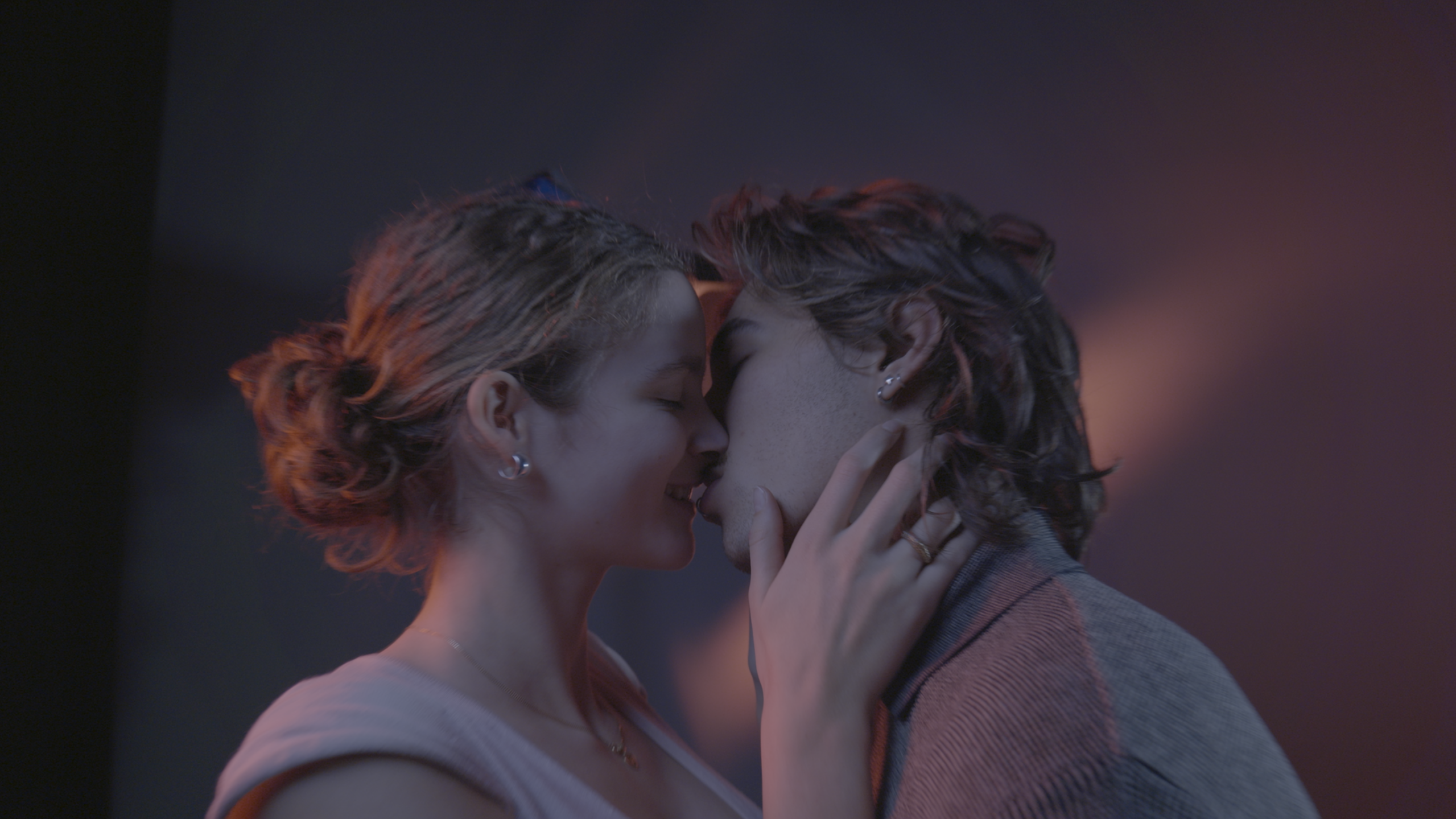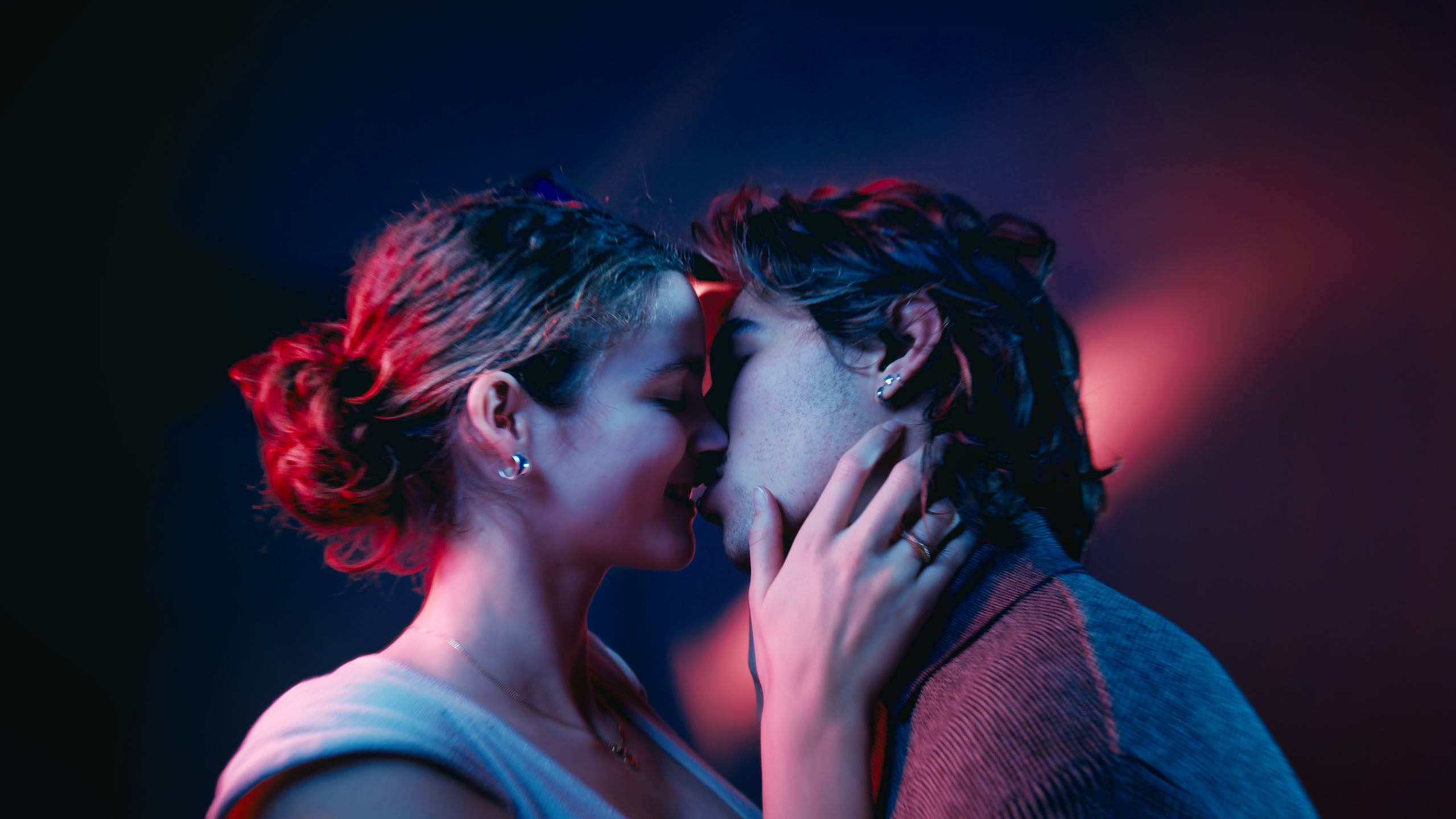Team: Zita Gaier, Sam Bajoghli, Theo Lechner, Joshua Krüger, Matteo Böhm, Atilla Babacan, Cian Mulrooney, Michelle Kerzendorfer, Bernhard Wallentin
I spent about half a year making an image film for die Graphische together with a great team of classmates. The goal was simple. Show future students and their parents what the school offers, from photography and graphic design to print and multimedia, and do it in a way that feels true to the school. We wanted something people would enjoy watching at open days, talks, or on the website and YouTube. No stiff interviews. No generic corporate vibe. We wanted a short film that actually tells a story.
What the film is about
Die Graphische is a creative place, so we built the concept around small moments that add up to a bigger journey. Instead of chapters with talking heads, we created mini stories that follow different students. The idea was to show how all these departments speak the same creative language.
Post-production and color grading
Post-production was where everything really came together and also where things got complicated. What started as a fairly clear plan turned into a long, detailed process that took much more time than expected. A lot of scenes that looked fine on set didn’t quite connect the way we imagined once we had them on the timeline. Some transitions didn’t work, pacing felt off in places, and a few shots just didn’t match the story rhythm we were aiming for. So, a big part of post was basically reinventing moments that hadn’t landed during production.
I spent a lot of time restructuring the film and finding new ways to make scenes link visually and emotionally. Sometimes that meant changing the entire flow of a sequence or rethinking how two departments transition into each other. I also added subtle visual cues and sound bridges to make the story feel seamless even though it was built from so many separate shoots over several months. It was a lot of trial and error. Edit, rewatch, adjust, repeat and do that a million times until the whole thing finally started to feel coherent and alive.

Creating a look
Color grading was a big part of building that final identity. Because the footage came from different times, classrooms, and lighting situations, matching it all was a real challenge. Instead of forcing everything into one exact look, I used grading to give each department its own tone while keeping the overall feel consistent.
Beyond matching, I also wanted the grade to add personality. I built a film-emulation that added texture and depth. The end result is a look that feels grounded and real but still cinematic enough to hold attention.



